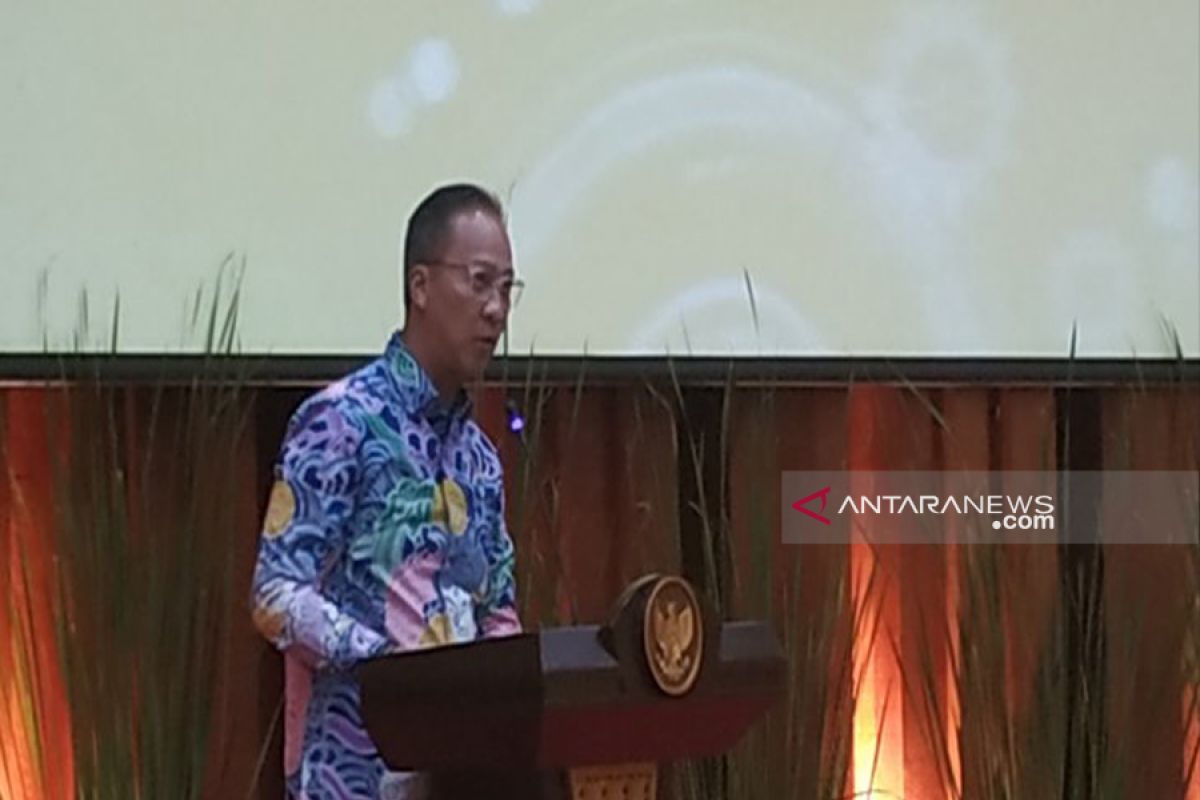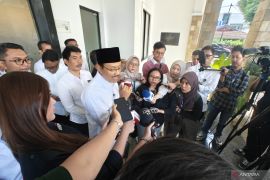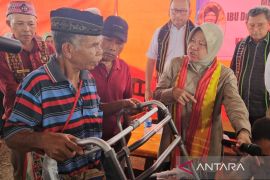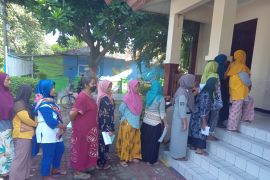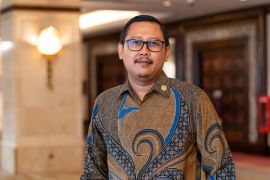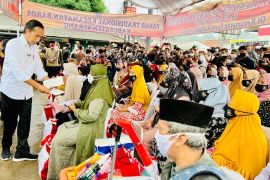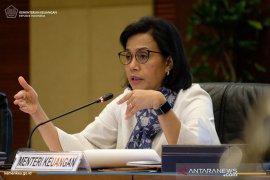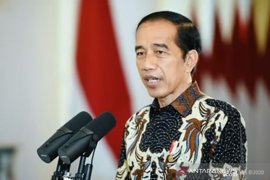The purpose of the PKH was not only to improve access to health and education services but also to improve the welfare of the communityJakarta (ANTARA) - The Ministry of Social Affairs has allocated a budget of around Rp31.3 trillion for the Family Hope Program (PKH). "The budget is allocated to the Directorate General of Social Protection and Security (Ditjen Linjamsos)," Director General of Social Protection and Security Harry Hikmat during a hearing with the House of Representatives Commission VIII, in Jakarta, Monday, February 10.
Of the total budget, Rp30.9 trillion or 98.62 percent was allocated for the PKH, while for natural disasters the share was as much as Rp272.9 billion and the social disaster budget was Rp105.2 billion, he said.
The purpose of the PKH was not only to improve access to health and education services but also to improve the welfare of the community, he said.
"As for the handling of refugees, funding was provided not only to victims of natural disasters but also to victims of social disasters such as riots and fires," he said.
The PKH was known to reduce the burden of expenditure and improve access to health and education services, he also said.
"However, in the current era, efforts have been made to increase revenue. As for natural disasters or social disasters, the Ministry of Social Affairs eases their expenses," he said.
Related news: Govt claims to disburse 96 percent of social assistance under family hope program
Related news: Minister says Family Hope Program reduces poverty
The PKH target was for underprivileged families who had a health component in the category of pregnant women and early childhood, Hikmat explained earlier.
The other component was the education component with the category of families who have children studying in elementary, junior high or high school and the social welfare component with the category of families with disabilities and elderly.
Based on data in 2020, the number of PKH recipients in the category of pregnant women was 137 thousand with a maximum of two pregnancies, early childhood was many as 3.15 million, school children were as many as 12.71 million, those with severe disability was as many as 105 thousand, and the elderly were as many as 1.03 million people," the director general said.
The PKH assistance was issued in accordance with the expenditure burden of each beneficiary family (KPM), the director general stressed.
Each family has the right to receive assistance from a maximum of four people according to the components they have.
In this regard, the Ministry of Social Affairs also raised the index of assistance for pregnant women and young children as a contribution to the stunting reduction program.
"Technically, in the 2020 program, we focus on the impact of PKH to be able to contribute to reducing malnutrition and stunting. One of them is increasing the index for the assistance component for pregnant women and young children from 2.4 million to three million," he said.
Related news: Nigeria studies Family Hope Program
Related news: Indonesian government withdrawing child workers
Reporter: Katriana, Azis K
Editor: Mulyo Sunyoto
Copyright © ANTARA 2020
